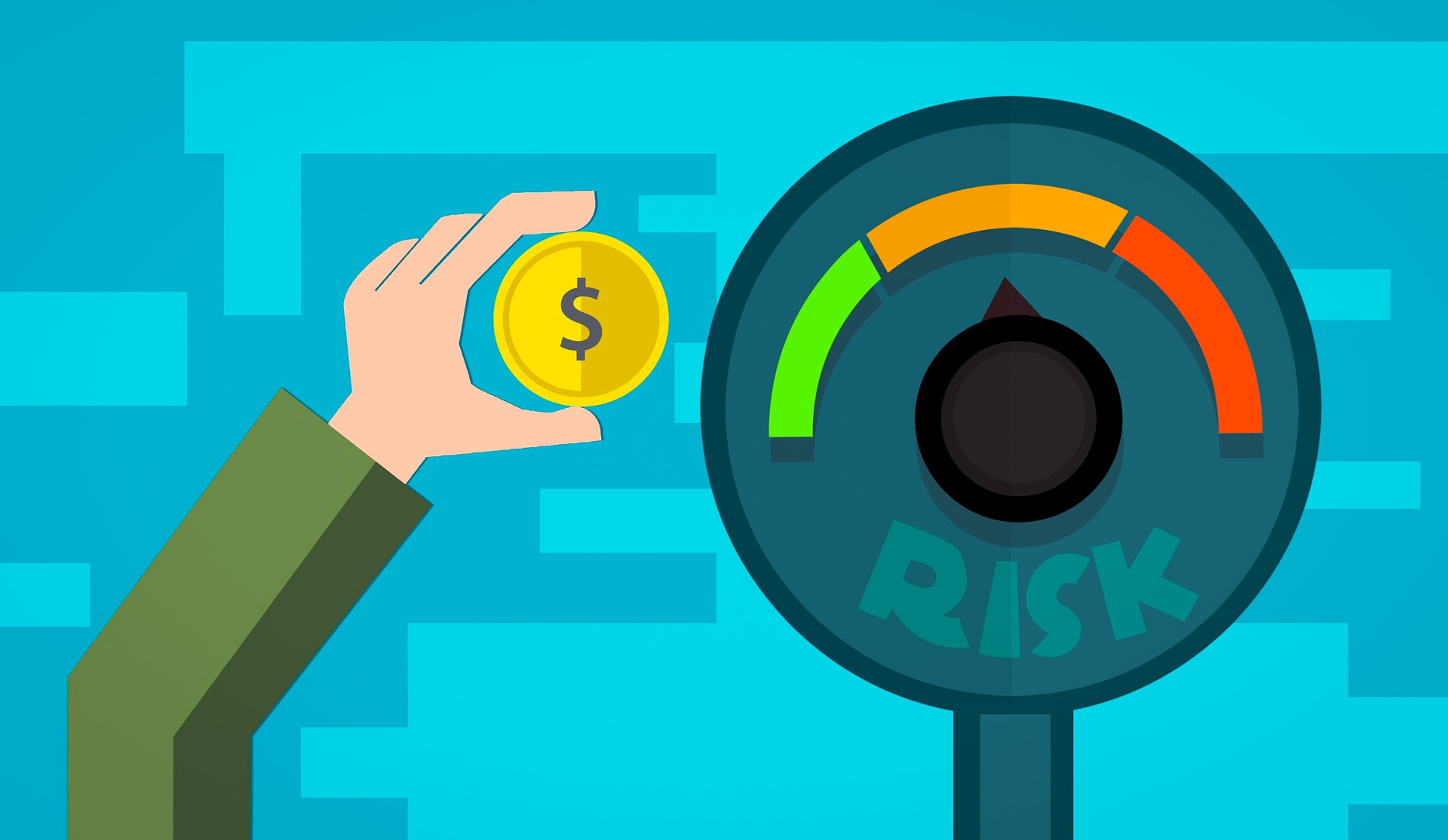Risk Management
Risk Management: A Primer
In this workshop, we’ll learn how to properly evaluate risks, weigh the risks against the benefits of a certain action (or inaction) and how to manage risk in a healthy, balanced way. We’ll learn how to use Failure Mode and Effects Analysis (FMEA) to evaluate risk whether in a new business initiative or as we work to improve a process. Finally, we’ll discuss strategies for developing an appropriate tolerance for risk as individuals and as an organization.
The Role of Risk Preference in Decision Making
Executives often request management to take more risks, or be less risk-averse, or have a greater tolerance for risk. There are many terms used in corporations today that express insight about uncertainty and risk that are meant to direct management decision making. These terms include risk tolerance, risk appetite, risk thresholds, risk preference, and others. What should executives want from management when it comes to decision making in the face of risk and uncertainty?
Some of what you will learn includes:
• What are the biases we all have with respect to risk and why?
• Why being risk-neutral is best for the enterprise for the vast majority of decisions
• How to create a risk-neutral decision process
Building a Risk Management Plan and Intervention Protocols
Given the multiple facets of a project – multiple activities, multiple stakeholders, multiple inter-dependencies, to name a few – there are many ways for a project to go awry. To address this, an important component of every project is its risk management plan. A proactive risk management plan will identify risks in advance, determine the probability that risks will occur, assign a value to negative consequences associated with failure, and, most importantly, identify preemptive and in situ interventions that can help manage the organization’s risk. This module will provide tools and techniques to support responsible risk and intervention management around projects undertaken in your organization.
Risk Management is a Two-Filter Decision-Making Process
Risk management continues to be the weakest link in corporate decision making. Whether it’s project risk management, quality risk management, supply chain risk management, or enterprise risk management, from a decision-making perspective, risk management is a two-filter portfolio decision-making process. Knowledge about risk is only informative, meaningful, and useful if it supports decision making.Regardless of the scope of risk management, it requires both top-down and bottoms-up perspectives. The bottoms-up perspective must reach broadly within your organization as insights about internal risk and opportunities reside in the front-lines of your operations. The external perspective requires top-down focused processes beyond risk management to inform senior managers and executives of external threats. Risk insights for both of these perspectives can be achieved with a common risk assessment method.
Some of what you will learn includes:
• A two-filter risk management decision-making process
• A state-of-the-art risk assessment method
• How to use a template to manage your risk register

